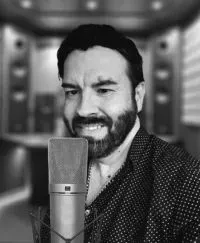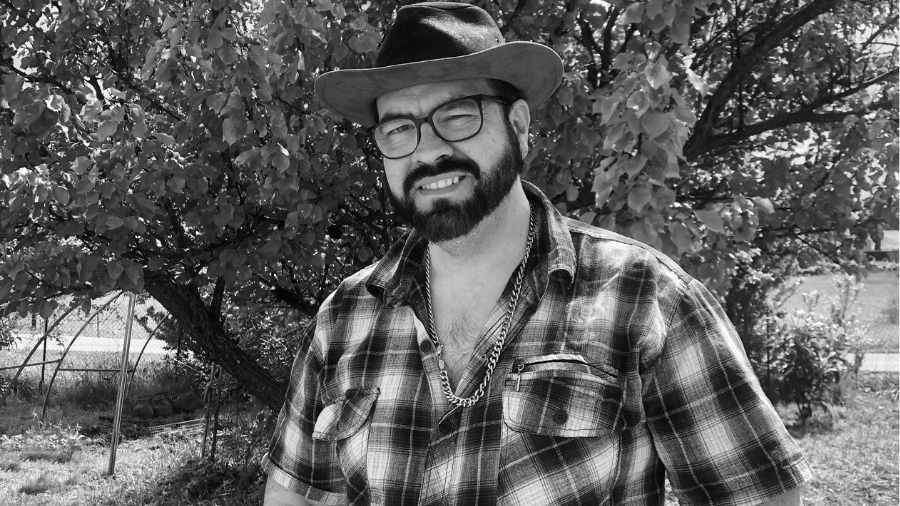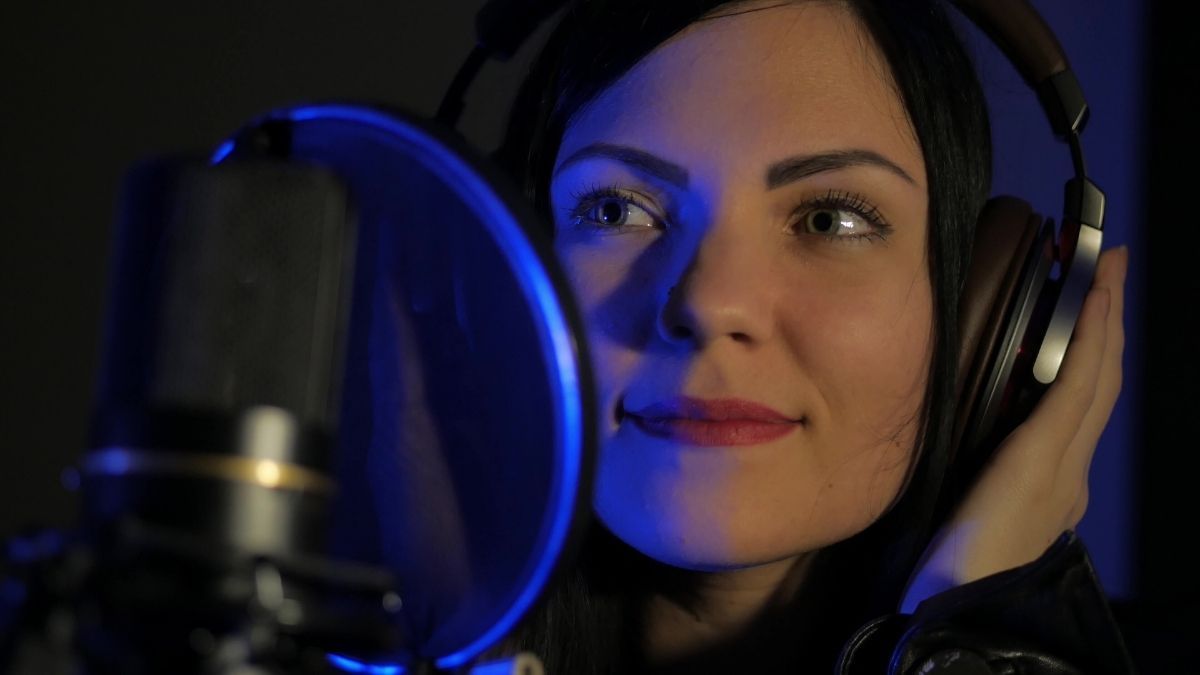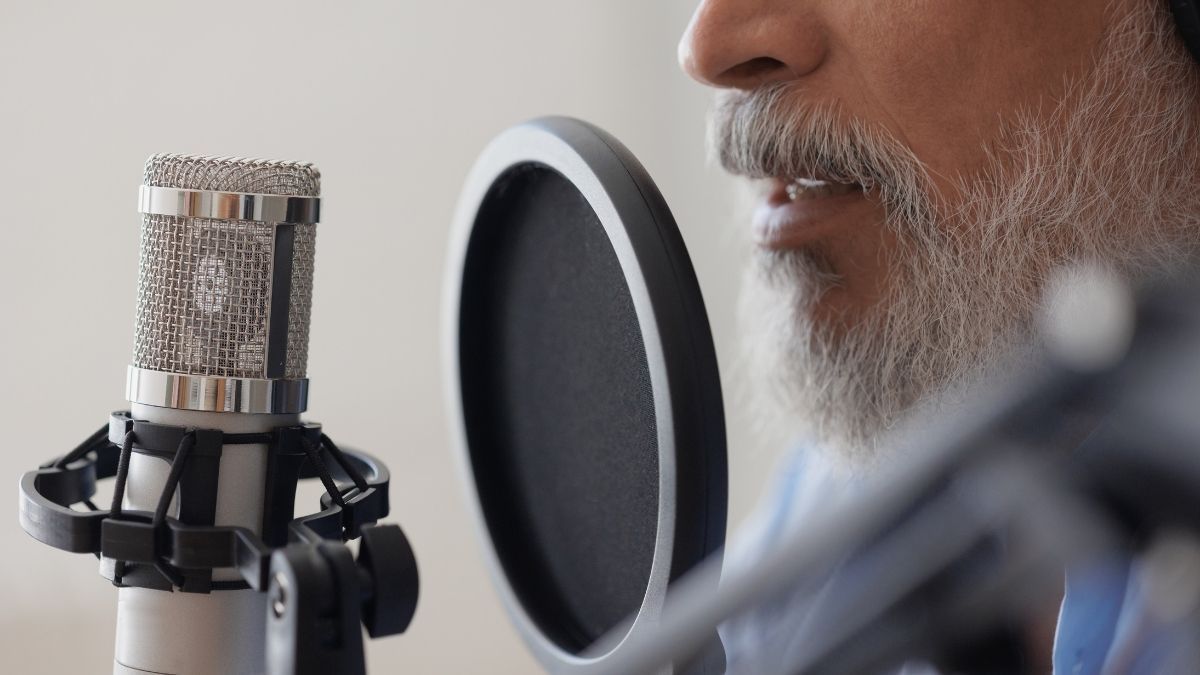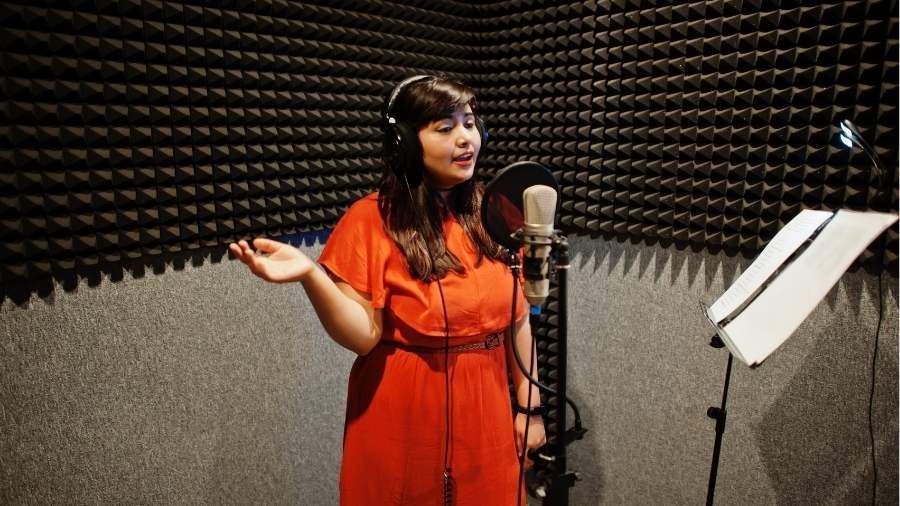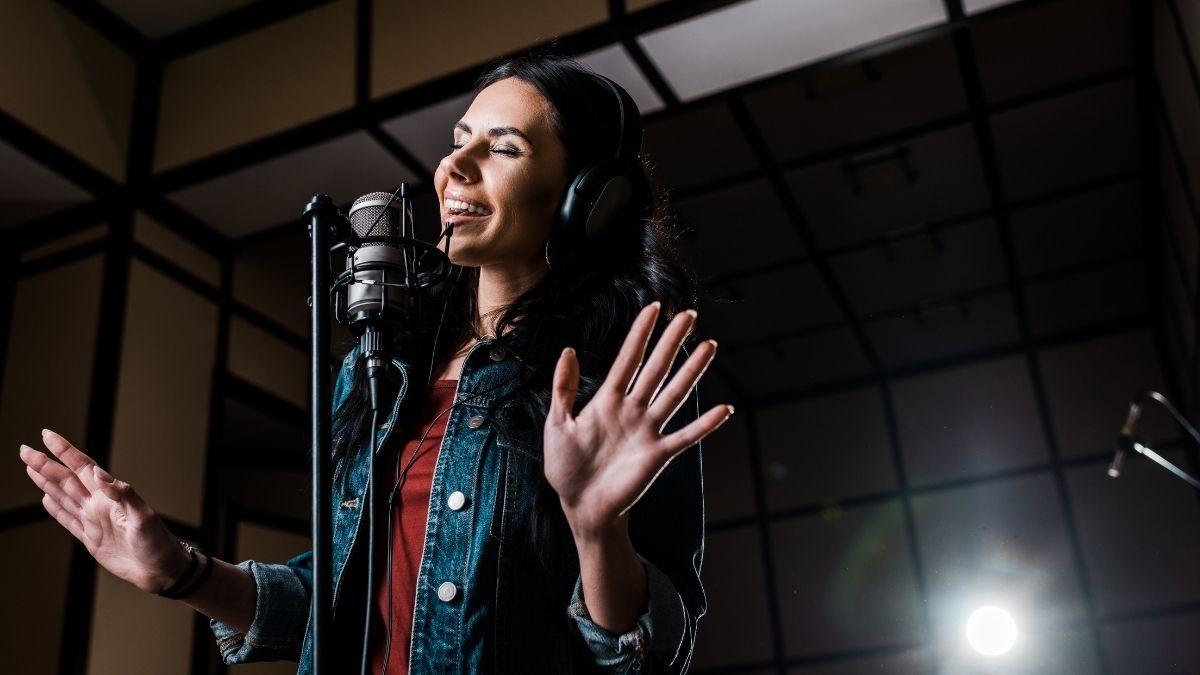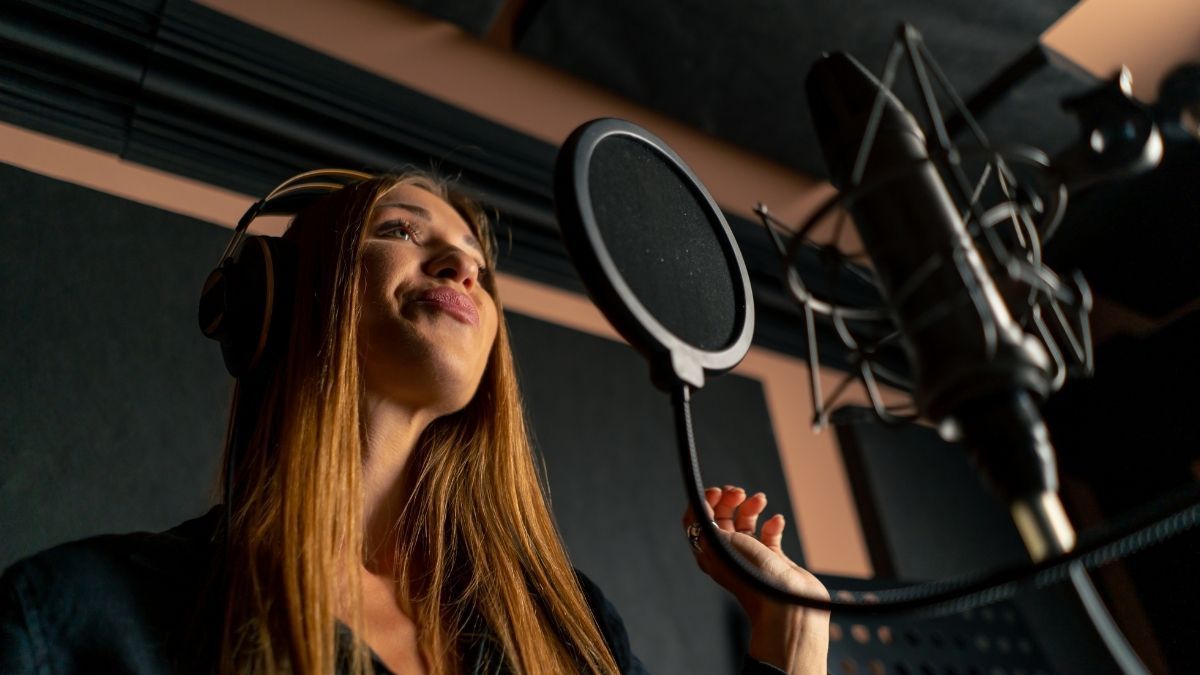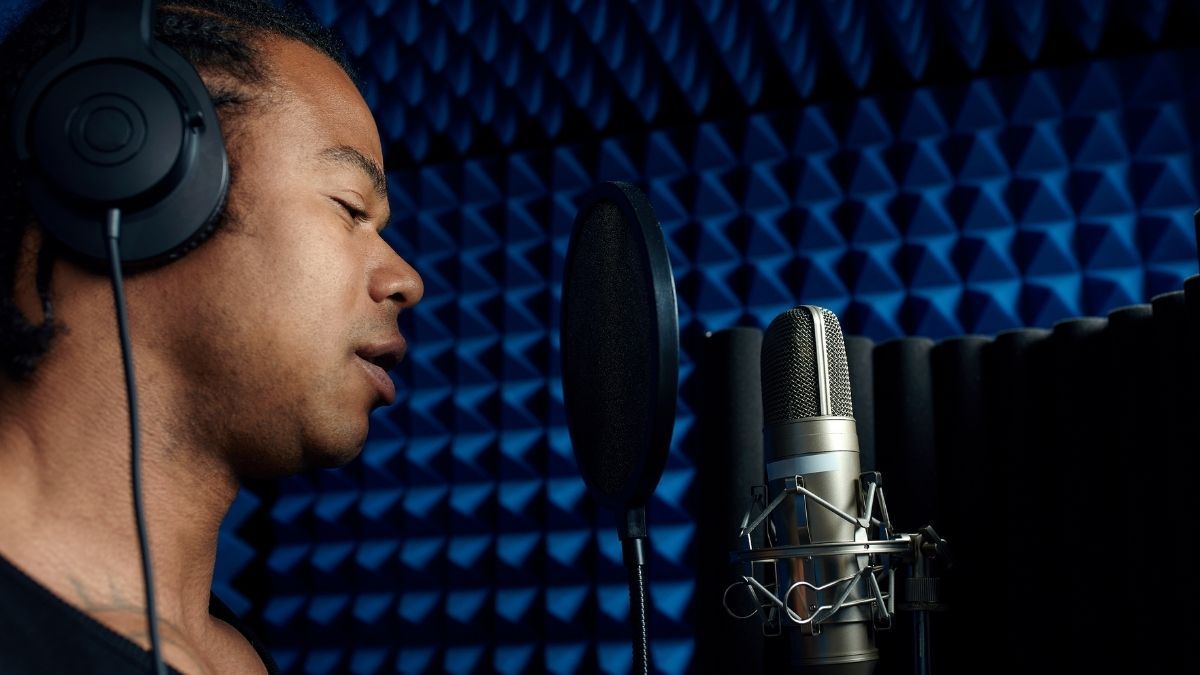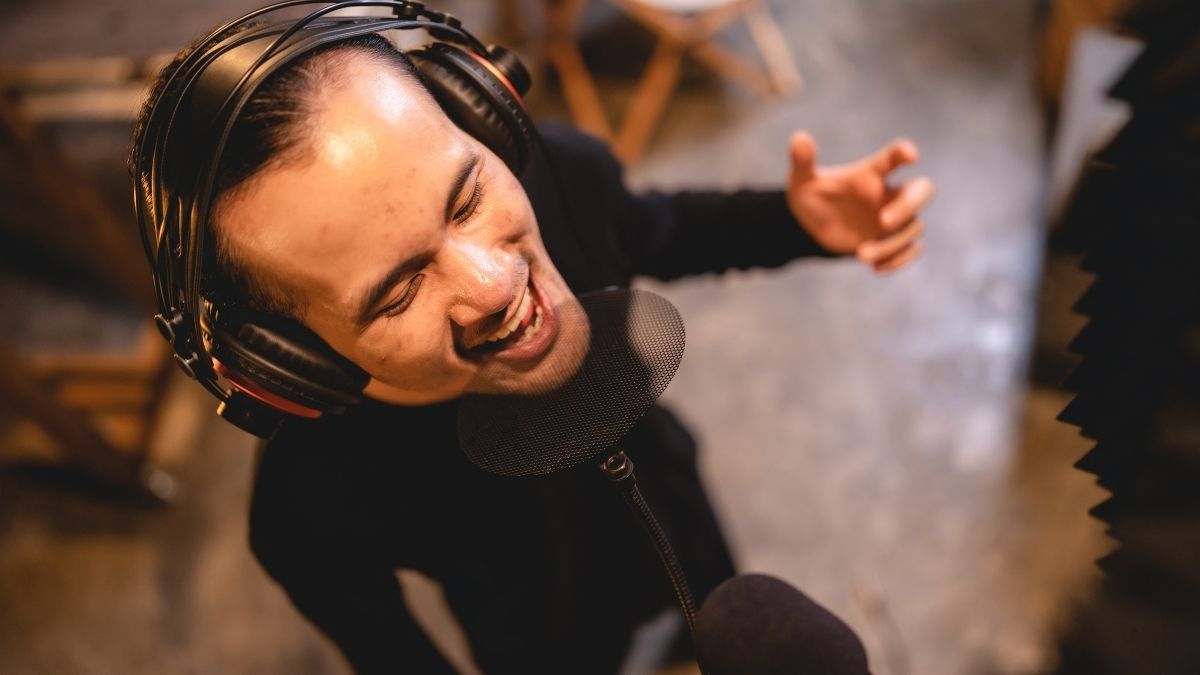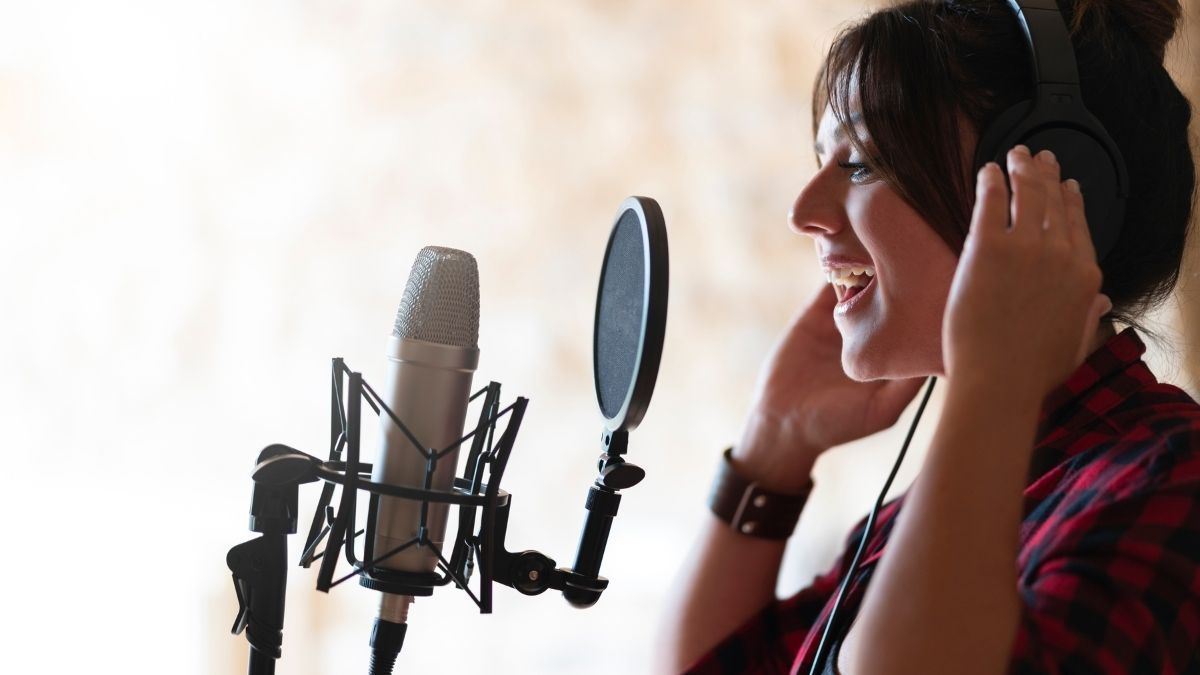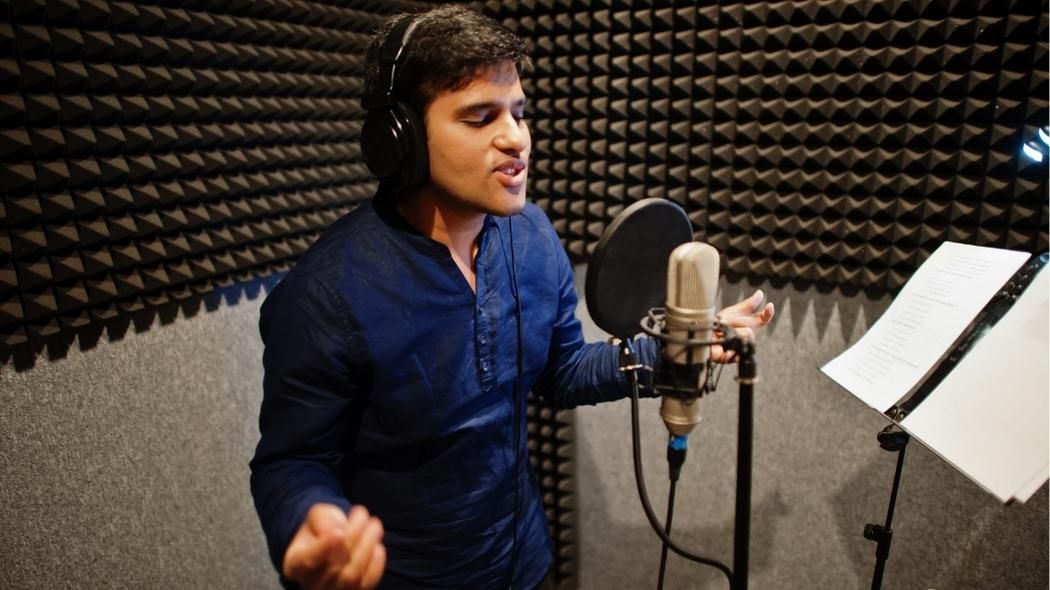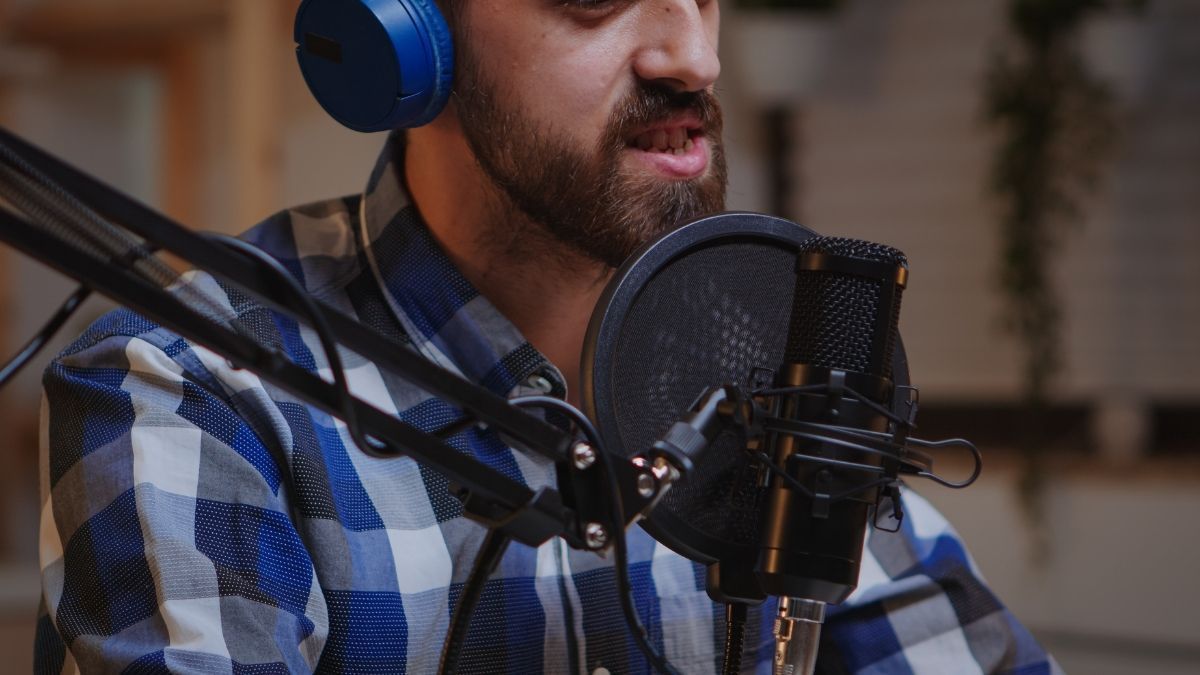The differences between French and American voice over artists

As a French voice over artist, I often find myself reflecting on the stark contrasts between the voice-over industry in France and that in the United States. Recently, I’ve been watching numerous YouTube videos featuring American voice actors who share their experiences. It’s not uncommon for them to report auditioning for 50 to 60 castings per day. In France, however, the landscape is quite different.
Opportunities and Auditions
In the French market, we typically receive around 3 to 4 offers daily from platforms like Voices.com and 1 or 2 from Voice123. For Bodalgo, it’s often just one offer a week. This limited number of opportunities means that we must proactively seek work. Unfortunately, the reality is that companies are inundated with requests, making it challenging to stand out.
Nature of Projects
The nature of projects also varies significantly between the two countries. In the U.S., there’s a noticeable demand for conversational and natural-sounding voices. This trend is less prevalent in France, where requests often lean towards corporate, inspirational tones, and themes related to renovation, ecology, and urban development.
The Client's First Impression
One frustrating aspect I’ve encountered is that when I respond to an audition, potential clients frequently check my LinkedIn profile instead of my website. This can be disheartening, as it feels like I constantly need to showcase that I’m active, working regularly, and have interesting insights to share.
Studio Preferences
Additionally, French artistic directors are often still very attached to recordings done in large studios. They tend to overlook voice actors equipped with home studios, possibly due to past disappointments with sound quality from some home studio setups. This is unfortunate, as I have a high-end home studio with professional equipment and an isolation booth. My sound quality rivals that of many renowned recording studios.
Expectations and Creativity
Moreover, French artistic directors tend to be quite demanding. Their focus is often on traditional delivery rather than originality. For instance, if I propose a slightly smiling e-learning voice to keep it engaging, I’m often asked to maintain a very “straight” tone without variations. This can be frustrating, especially when compared to the American industry, which is generally more open to creativity and conversational styles.
Embracing Change
Despite these challenges, the French voice-over industry is evolving. There is a growing interest in more natural delivery styles, and as artists, we must continue to adapt and push boundaries. It's essential to remain current and showcase our versatility while also advocating for more creative freedom.
In conclusion, while the differences between French and American voice-over artists are pronounced, both markets offer unique opportunities and challenges. By understanding these distinctions, we can better navigate our careers and continue to grow as voice-over professionals.



